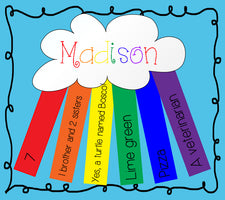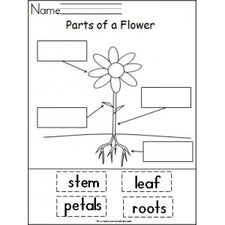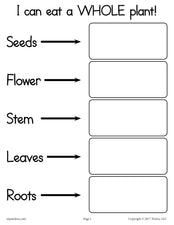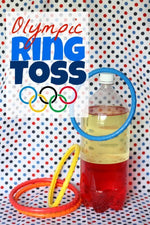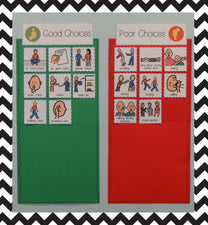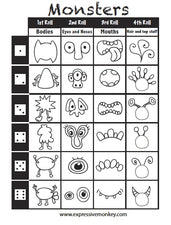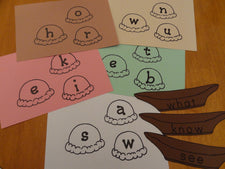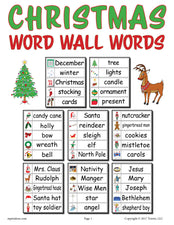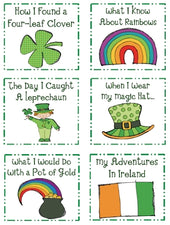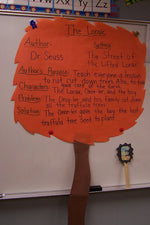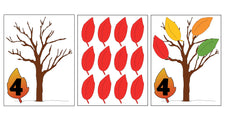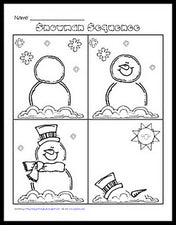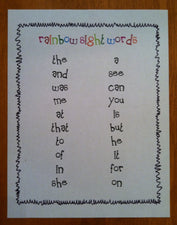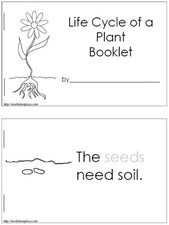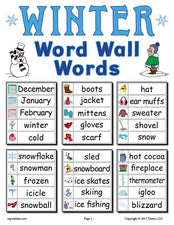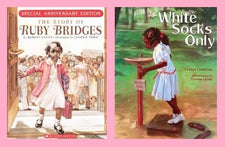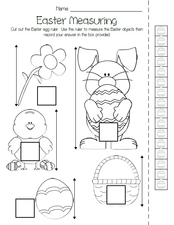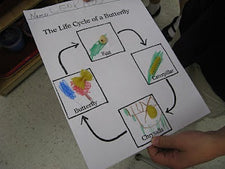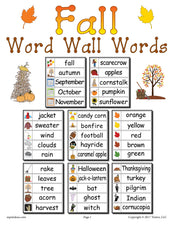The Science of Magnets

To children, magnets can seem like magic! Capitalize on some of that wonder with an engaging science lesson about magnetism and magnets.
Introduction
Just like other key science concepts - gravity, electricity, motion, etc. - there are still many things that scientists don't know about magnets and magnetism. What they have uncovered is a product of much experimentation and exploration; in essence, the properties of magnetism have been discovered by hands-on investigation. What better way to start the unit than to provide students with the opportunity to do the same?
- Provide each student (or group of students) with two magnets and ask them to describe how the two interact. Make a list of observations.
- Introduce and discuss important vocabulary including poles, attract, and repel.
- Define what a magnet is and why certain things are attracted/repelled. KidsKonnect.com's background information on magnets is a great resource for this part of the lesson.
- Provide a complete list of known properties of magnets (in terms your students will understand and with demonstrations when possible). Cool Magnet Man provides a list of magnet basics that can be adapted for use. Keep your students' list of observations handy in order to show them how, with simple experimentation, they discovered some of the same principles.
An Extension: Fun with Animals & Magnets
As an extension of the lesson, make a fun homemade play set with magnets! Inspired by an article in Disney's FamilyFun magazine, here's an adapted supply list:
Supplies You'll Need
- Cardboard gift box (at the very least you'll need a sweater box) - you'll only need the top or bottom portion
- Strong disc magnets
- Marker cap (the cap from an old Crayola® marker will work perfectly)
- Art yarn or string
- Empty thread spools
- Plastic toy animals (like this jumbo animals themed set) and other box decorations
Instructions:
- Take half of the cardboard gift box and glue an empty spool to each corner - creating a "platform" of sorts.
- As the platform dries, take the marker cap (filling the small tube with glue) and attach a strong disc magnet to the end. Hold firmly for several seconds then set aside to dry.
- Choose several plastic toy animals - you could go with a zoo, jungle, safari, desert, etc. theme - gluing a disc magnet to the bottom of each. [NOTE: Make sure to coordinate the poles of the animals with the exposed magnet pole on the marker cap. If the marker cap magnet's south pole is exposed, make sure the north pole on the animals is facing out and vice versa. The goal is for the magnets to attract - meaning that opposite poles must be showing.]
- As the glue dries, create an animal habitat within the box. FamilyFun designed a desert theme, including sand and rocks, and offered several desert animals to play with. You can design whatever them you like - as simple or as complicated as you'd like. If you're up to the challenge, you might even create a zoo with separate habitats/homes for each animal!
- Cut a long piece of yarn or string, tying one end to a spool on the habitat box and the other to the magnetic marker cap.
- Place the animals inside the box lid. To use, have students maneuver the marker cap magnet under the box lid (hence the need for the spool "platform"). The magnetic field will penetrate the thin gift box, attracting the nearest animal magnet. Students will the be able to move the marker cap underneath the box and watch the animals move around their habitat - almost like magic!
This project is great for continued play and for incorporating lesson concepts into the classroom!
